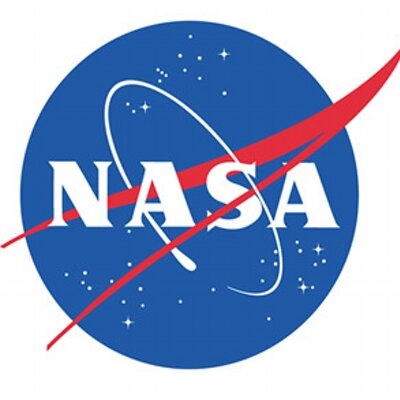NASA is all set to launch its historic small car-size probe to “touch the Sun” from Cape Canaveral Air Force Station in Florida at 3.33 am EDT (1 pm India time) on Saturday…reports Asian Lite News

The probe is named after Eugene Parker, a solar physicist who in 1958 first predicted the existence of the solar wind, the stream of charged particles and magnetic fields that flow continuously from the Sun.
The launch of the Parker Solar Probe will set it on a journey all the way to the Sun’s atmosphere, or corona — closer to the Sun than any spacecraft in history, NASA said in a statement.
“Launch teams are working on technical issues and weather is predicted to be 70 per cent chance of favourable conditions,” NASA said in a tweet late on Thursday.
“Eight long years of hard work by countless engineers and scientists is finally paying off,” Adam Szabo, the mission scientist for Parker Solar Probe at NASA’s Goddard Space Flight Center in Greenbelt, Maryland, said in a statement.
Nestled atop a United Launch Alliance Delta IV Heavy — one of the world’s most powerful rockets — with a third stage added, Parker Solar Probe will blast off toward the Sun with a whopping 55 times more energy than is required to reach Mars.
Weighing just 635 kgs, it is a relatively light spacecraft, said Andy Driesman, project manager for the mission at the Johns Hopkins University Applied Physics Laboratory in the US.
“And it needs to be, because it takes an immense amount of energy to get to our final orbit around the Sun,” Driesman added.
Zooming through space in a highly elliptical orbit, Parker Solar Probe will reach speeds up to 692,018 km per hour, setting the record for the fastest spacecraft in history.
During its nominal mission lifetime of just under seven years, Parker Solar Probe will complete 24 orbits of the Sun — reaching within 3.8 million miles of the Sun’s surface at closest approach.
“We’ll be going where no spacecraft has dared go before — within the corona of a star,” said project scientist Nicky Fox from Johns Hopkins University Applied Physics Laboratory.
“With each orbit, we’ll be seeing new regions of the Sun’s atmosphere and learning things about stellar mechanics that we’ve wanted to explore for decades,” Fox added.
But getting so close to the Sun requires slowing down — for which Parker will use the gravity of our neighbor planet, Venus.
“Parker Solar Probe uses Venus to adjust its course and slow down in order to put the spacecraft on the best trajectory,” said Driesman.
“We will fly by Venus seven times throughout the mission. Each time we fly by we get closer and closer to the Sun,” Driesman added.
In an orbit this close to the Sun, the real challenge is to keep the spacecraft from burning up.
“Recent advances in materials science gave us the material to fashion a heat shield in front of the spacecraft not only to withstand the extreme heat of the Sun, but to remain cool on the backside,” said Szabo.
The heat shield is made of a 4.5-inch thick carbon composite foam material between two carbon fibre face sheets.
At Parker Solar Probe’s closest approach to the Sun, temperatures on the heat shield will reach nearly 1,371 degrees Celsius, but the spacecraft and its instruments will be kept at a relatively comfortable temperature of about 29.4 degrees Celsius.








